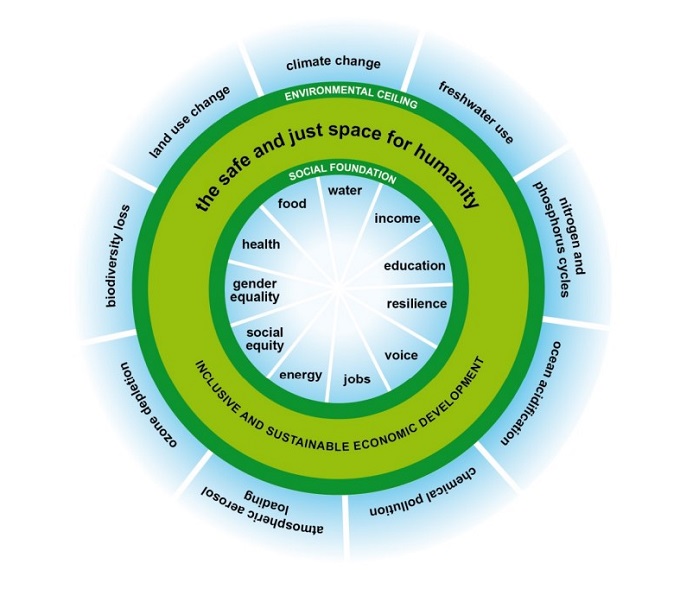Keep calm and try a doughnut
For those of us who work in the sustainable investing space, it’s all too easy to forget just how jargon-filled and confusing it can be, even at the best of times. From a client perspective, having an adviser that is confident explaining the various sustainable investing options is crucial, but this is no easy feat.
This challenge is currently the preserve of a few advisers who specialise in sustainable investing and advising on ESG (environment, social and governance) options. But new rules called the MIFID II suitability requirements will come into force very soon, and all advisers will have to demonstrate they have considered their clients’ attitudes to ESG and sustainable investing as part of the advice process.

But how exactly do you frame and explain such a dynamic process to clients in a way they can grasp quickly and without tearing their hair out?
Well, here it would be wise to turn to the world of Development Economics and borrow an excellent idea from the British economist Kate Raworth – the doughnut model. Originally presented in her 2012 paper entitled A safe and just space for humanity, and later turned into the bestselling book, Doughnut Economics, the model is an approach to conceptualising the dual challenge of ensuring that nobody falls short of life’s essentials without over-shooting earth’s planetary boundaries.
The inner ring represents the social foundations and the vital needs of societies including food, water, health, social equity and so on. The outer ring represents the environmental ceiling, earth’s planetary boundaries. Each country, state and municipality can have its own doughnut, depending on how well they are fulfilling these dual goals. This framework provides policy makers with a challenge to target the sweet spot in between where humanity can thrive.
And policy makers are taking note. Raworth is now advising the authorities in Amsterdam on how they should rebuild the city’s economy post Covid-19 and we have seen the doughnut idea becoming more and more prominent, particularly amongst our European neighbours.
Source: Kate Raworth 2012
But not only is this a revolutionary way of understanding the problem of providing for the global population without harming the natural environment, it could provide an excellent way of conceptualising what sustainable investing is all about, and in particular what fund managers are trying to achieve when they build their sustainable portfolios.
Author
Responsible investment
At Quilter Cheviot we see responsible investment as a process that analyses ESG data to help inform investment decisions and to ensure that all relevant factors are accounted for when assessing risk and return.